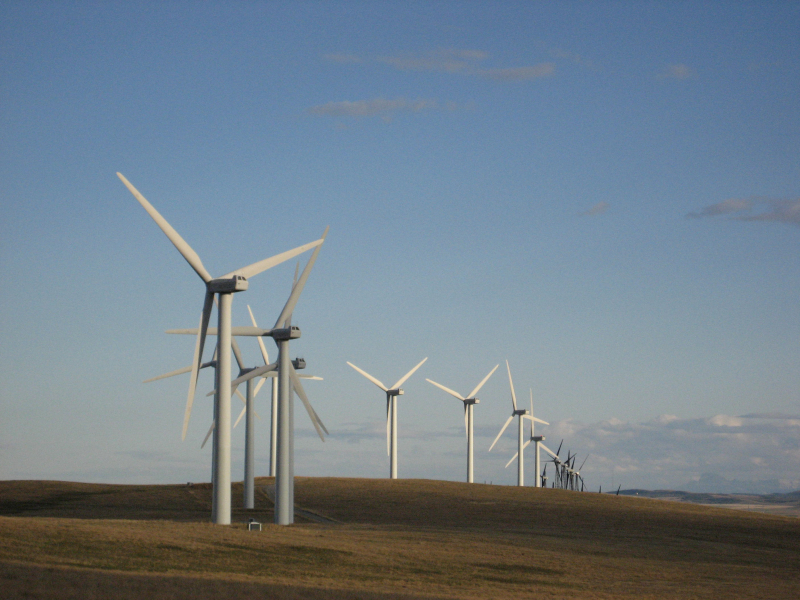Earth Hour Tour: Tapping into Canada’s Renewable Energy Potential
On March 25, 2014 WWF’s David Miller moderated a panel discussion with a variety of experts, hosted by the University of Toronto. The topic: visions for a future where climate change is no longer a threat. We know that future is possible, and that the solutions are all around us. And we want all of Canada to learn from these successes. We asked panelists answer a critical question: what is the one thing we need to do today to achieve that vision? Here is one of the answers we received.
Written by Grace Arabian, Graduate Student, University of Waterloo
As a 23 year old graduate student, the concept of climate change can often feel like a daunting and overwhelming challenge. But the more I take the time to learn and study climate change, the more I realize there is so much potential to mitigate our impacts on the environment.
In order to reduce our impacts on climate change, we have to reduce our emissions. In Canada, the electricity sector is responsible for a significant portion of our emissions. Fortunately, we’ve already begun taking steps in the right direction to reduce our emissions. Canada is a nation with plenty of natural resources and renewable energy potential. That’s why I have decided to join the Waterloo Institute for Sustainable Energy in their joint project with WWF to create a renewable energy map for all of Canada.
If we can motivate Canadians to see what kind of potential exists, we can move toward a sustainable future. This is taking it a step further than the information we already have – we don’t only want to visual display that the resources exist, but which renewable energy we can access by integrating practical obstacles in the decision making process. This may include information such as transmission lines, natural habitats, and existing infrastructure.
People often ask about the “one thing” we can do to end climate change, when in reality, there are many actions we can take to make sure we are doing our part to create a world where climate change is no longer a threat – and developing renewable energy in one of them, and a particularly important one. Each person has his or her own unique role. For example, an engineer can work directly towards renewable energy development. A politician will look into policies and incentives to encourage the renewable energy development. And the general public can work towards reducing their energy consumption at home and call for more action on climate change by participating in Earth Hour.
Renewable is doable, and with your support, we can have encourage our entire nation to be powered by green energy.
Celebrate Earth Hour, 8:30-9:30 p.m. on March 29, and let us know what you’ll be thinking about during your #momentofdarkness at wwf.ca/earthhour.



